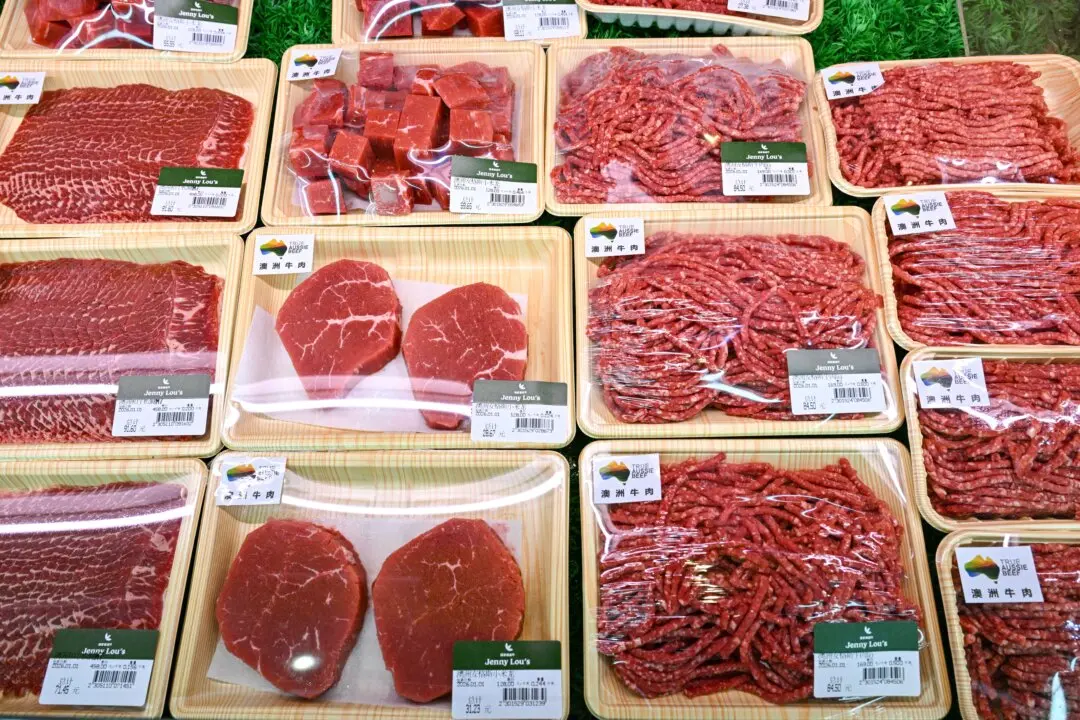The minority of applicants for Oxbridge university and medical degrees this year were from a white ethnic background, new data reveal.
The Universities and Colleges Admissions Service (UCAS) released its first report of the 2024 undergraduate cycle, which indicates that for the first time on record, 49.2 percent of UK applicants were from the white ethnic group. The number had dropped from 50.7 percent last year, and compares to 67.9 percent in 2015.





